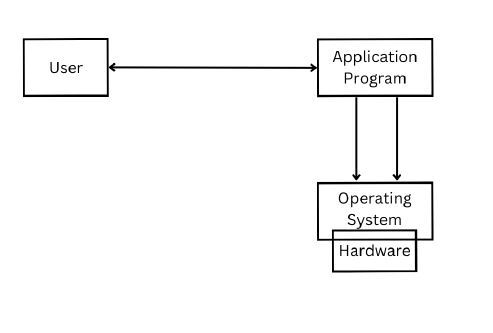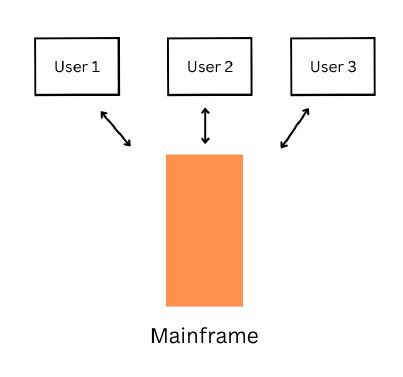
 Data Structure
Data Structure Networking
Networking RDBMS
RDBMS Operating System
Operating System Java
Java MS Excel
MS Excel iOS
iOS HTML
HTML CSS
CSS Android
Android Python
Python C Programming
C Programming C++
C++ C#
C# MongoDB
MongoDB MySQL
MySQL Javascript
Javascript PHP
PHP
- Selected Reading
- UPSC IAS Exams Notes
- Developer's Best Practices
- Questions and Answers
- Effective Resume Writing
- HR Interview Questions
- Computer Glossary
- Who is Who
Multi-User Operating System
Introduction
A system with more than one user (OS) is an operating system for computers that enables several individuals to communicate via the computer's infrastructure at the same time. Multiple users may utilize one machine or system of computers at the same time in an operating system designed for multiple users, alongside every individual getting a separate account while being able to carry out duties of their own.
Multi-user systems of operation are frequently employed in circumstances in which multiple users must share identical materials or information and where interaction and cooperation are essential. Systems like these serve a purpose within applications such as workplaces, educational institutions, and educational institutions, where multiple people require access to similar computers or networks


Key Features
The capacity to handle numerous accounts for users is a key feature of an operating system that supports multiple users. Every individual possesses an individual account, that they can access using a password and a username of their choosing. Users are able to access their personal files and environments, run their own programs, and complete tasks of their own lacking disruption with other users.
These mechanisms usually appear in multi-user operating systems to guarantee that they are authorized to have access. The following usually happens by employing permissions granted to users and file-level controls, which can restrict the usage of particular folders or files according to the individual's login information and authorizations
Advantages
A multi-user operating system has multiple benefits, such as ?
Resource sharing ? Multiple users can collaborate on the same hardware resources, reducing the cost of providing hardware to each user.
Improved collaboration ? Multi-user Operating Systems facilitate seamless file and data transfer, enhancing productivity and teamwork
Enhanced security ? Access controls and permissions protect against unauthorized usage and data breaches, ensuring the safety of important information.
Efficient use of resources ? Multi-user Operating Systems distribute resources equally among users, preventing monopolization and ensuring fair access.
Cost-effective ? Multi-user systems allow users to share software and hardware licenses, reducing the need for additional equipment and licenses per user.
Disadvantages
A multi-user operating system has a few drawbacks along with multiple benefits, such as ?
Complexity ? Multi-user Operating Systems are more complex to set up and manage, requiring additional resources and expertise
Security Vulnerabilities ? Granting multiple users access to the same resources can increase the risk of unauthorized usage, malware attacks, and data breaches.
Performance issues ? Sharing resources among multiple users can lead to performance issues, especially when dealing with large files or datasets.
Software compatibility ? Some software may not be compatible with multi-user operating systems, limiting user choices and requiring additional evaluation and configuration.
User error ? With multiple users accessing the same resources, the likelihood of user mistakes, such as accidental file deletion or incorrect configuration, increases
Conclusion
Finally, multi-user systems of operation are an effective tool for organizations and circumstances where multiple users have to pool assets, work together, and work successfully together
As a whole, multi-user platforms are an important tool to guarantee efficiency, safety, and cost-effectiveness and are an advantageous option for a number of organizations, especially for organizations that need teamwork, shared resources, and productive resource use.

